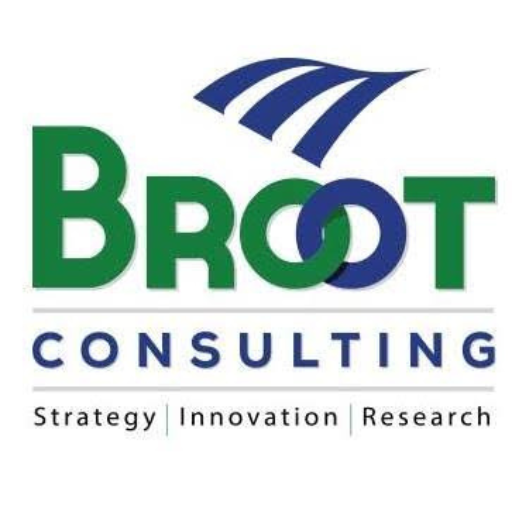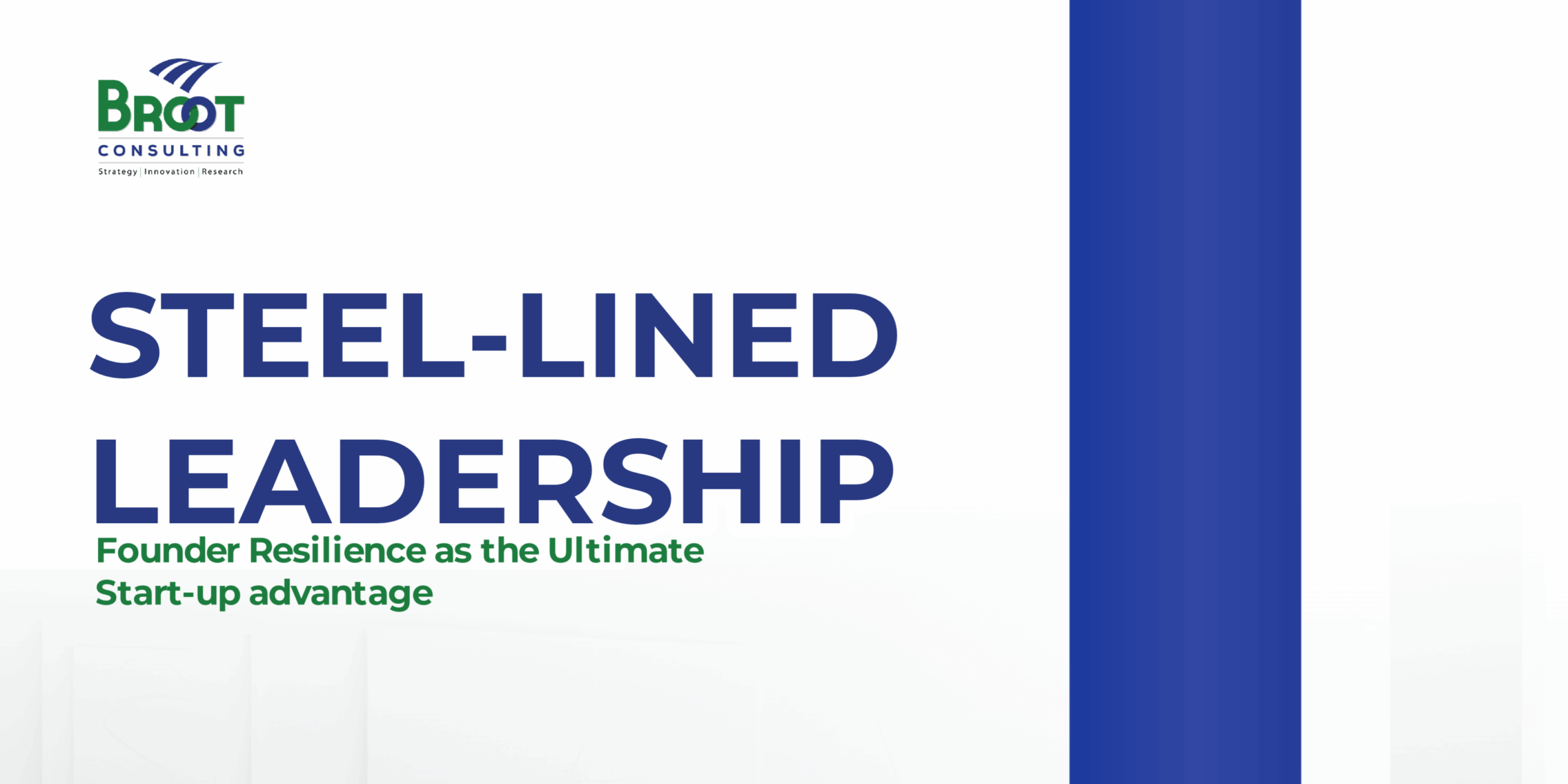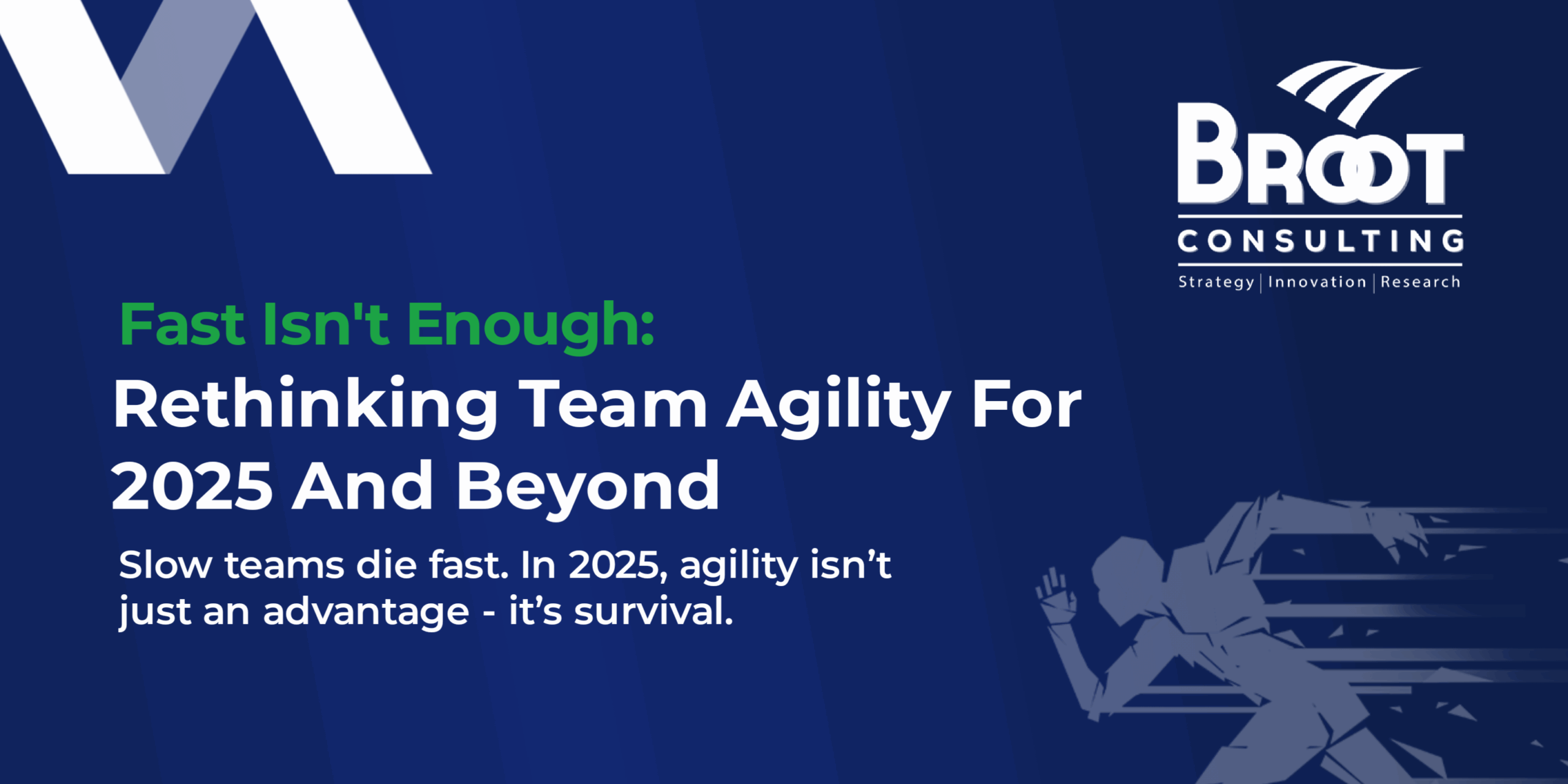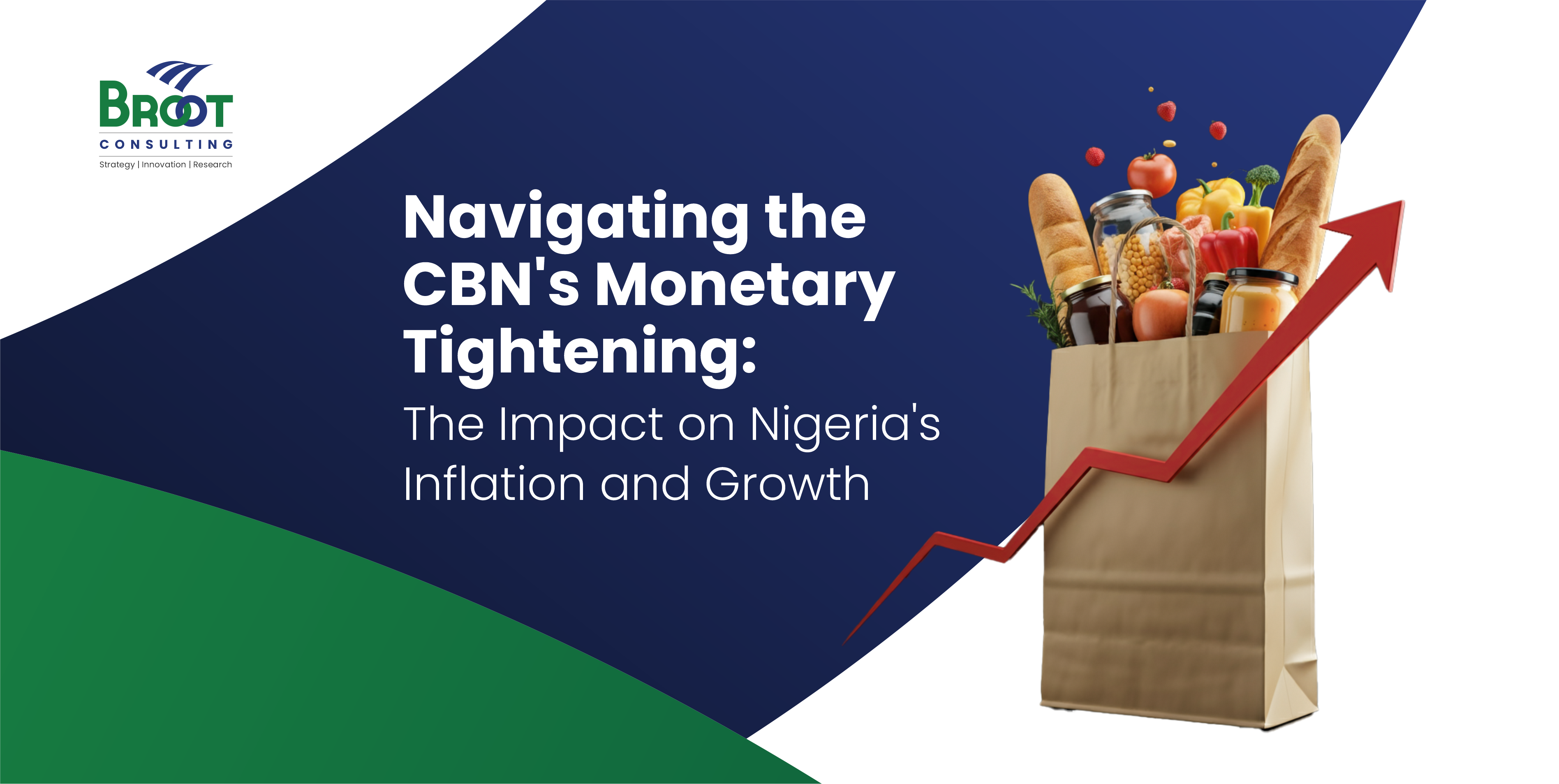The end of the year is a very peculiar season as it brings excitement as well as apprehension. December is easily the most colourful month of the year; it comes with a mix of high energy, anxieties and, deep reflections. It brings packages in different colours, shapes and sizes: celebration, festivities, appraisal, disappointment, stock-taking of accomplishments and preparation for the new year. For most organisations, it is the time to close books and appraise performance. Succinctly put, it is a month of our stewardship, a time to give an account of the authority and responsibilities assigned to us. For the employers and the employees: a good performance attracts promotion, bonuses, profit, dividends distribution and appreciation of share capital.
The traditional management approach based on an annual or bi-annual performance review system, encourages self-interest preservation, favouritism and an emphasis on short terms goals. Adoption of a strategic stewardship approach encourages collaborations and collective responsibilities. Everyone is a caretaker; therefore, they build on the strength of each other and live with the consciousness of daily accountabilities.
So as leaders, before you draw the curtain on the year-end appraisal, let us have some strategic conversations around the steward-leader concept.
Are There Gaps Between Your Goals And Accomplishments?
As the world economy gets more turbulent and available resources become scarce, there is the need for employees to be at their best. In their study of 1,854 large companies over a period of 10 years (1988 – 1998). Chris Zook and James Allen of Bain & Co discovered that 90% of management teams are unable to grow their companies profitably and if the investor expectations of quarter-by-quarter growth are anything to go by then 99% of management teams will fail to meet shareholder expectations. This failure is not for lack of plan or strategy because the result of the same research pointed out that 90% of these companies have detailed strategic plans with high ambitions. In appraising subordinates, corporate leaders could be tempted to vent their frustration and anger in ways that becloud their sense of fair judgement. Whereas the real issue may be a misalignment between the strategic plan and strategy execution. A strategic stewardship approach pulls everyone into the big picture; therefore, there is a strong alignment which ensures superior performances.
Are your employees aware of your strategic goals?
Strategic stewardship promotes a collective involvement and ownership of the Institutional wisdom and thinking. In their article, The Office of Strategy Management Robert S. Kaplan and David P. Norton established that “95% of a company’s employees are unaware of, or do not understand its strategy” – therefore, a root cause of a misalignment and performance failure. If the employees who are closest to clients or customers are unaware of your strategy and goals, then they won’t be able to deliver on the objectives of your strategy. Strategic stewardship enables leaders to live above self-interest and parochialism to embrace a global picture where every employee feature. Kaplan and Norton’s findings show that an informed employee performs better than those who do not know how their work contributes directly and/or indirectly to the corporate organisation strategy.
How Complex Or Easy To Understand Is Your Strategy Document?
In the last 13 years, I have paid close attention to how well the CEOs, executive management teams and the general employees understand their corporate vision and mission statements. I have interacted with hundreds of corporate leaders and have facilitated brainstorming sessions regarding this subject. I have found that close to 97% of those surveyed cannot recite their vision and mission statements off hand neither could they list their core-values chronologically. At one of such brainstorming sessions with a university, about 80% of attendant employees did not recognise their mission and vision statement when we removed all suggestive pointers to their organisation. The same can be said of strategy documents of some organisations which have been written in “extra-terrestrial like language”, they are complex and difficult to understand; the goals are ambiguous and lacks focus. Unclear strategy documents are of no good to any organisation, because it could be a source of confusion to the executors. Executive Management has the responsibility to ensure a shared understanding of the strategy. A shared understanding is possible when the document is simple, concise and idiot proof and therefore communicates the key goals and objectives to employees. This will enhance individual and organisational performance.
Are Your Team Members Aligned And Motivated To Deliver On Goals?
A dysfunctional team cannot successfully execute strategic goals. Strategic stewardship request leaders to make a conscientious effort to build a cohesive team and a system of enduring values that empowers your team to preserve and unify them around the organisation’s vision.
A wrongly selected team is a disaster in waiting regarding performance review sessions. To stay motivated, team members and the leaders should have relevant and adequate authority with responsibility. Responsibility without authority will breed chaos and authority without responsibility will lead to despotism and recklessness.
When Should You Appraise Your Employees And Why Does It Matter?
Failure to achieve a set target does not occur at the end of the year, instead they are daily occurrences. So why lie-in-wait till the end of the year to appraise those responsible for achieving set goals. An appraisal is not a revenge tool; it is a system that should drive a daily honest conversation around set goals. When an appraisal comes twice a year, most failures would have happened undetected and improvement opportunities lost. This is a major cause of misalignment in an organisation. The traditional approach of biannual or annual review does not help the organisation or the employees in this fast-paced turbulent environment. A continuous approach may be considered.
Successful corporate leaders should use a Continuous Performance Management (CPM) system throughout their organisation. It is a system that facilitates performance measurement on an ongoing basis, rather than the usual quarterly, biannually or yearly system. This system can be used to entrench the culture of a weekly one on one meeting with the employees. Brian Jensen, the head of the global human resource of Colorcon shared an interesting view of this practice. Colocron is less bothered with the annual appraisal review because they instituted an effective way to reinforce the desired behaviours and managed performance: Supervisors give people instant feedback, relating it to that individuals’ own goals and give out small weekly bonuses to employees that are in good standing with the organisational mission.
Do You Understand That Your Primary Role Is To Get Your Subordinates To Succeed?
The core of every organisation is the workforce. Successful organisations know how to unify this core around other critical resources of the organisation. It is the responsibility of the leader to get employees to maximise and reach their potential. The outcome of the performance appraisal is often a direct reflection of the leader just like the student’s success in an examination is a direct reflection on the teacher. Strategic stewardship makes leaders understand that the authority conferred on them is to enable the collective success of their subordinates in relation to the overall success of the organisation.
Finally, What Are The Insights For The Future?
Leading through the view lens of stewardship is critical to successful year-end performance. Leaders should concentrate their energies on creating an internal environment that empowers and aligns all employees along the trajectory of the purpose and critical goals of the organisation.




